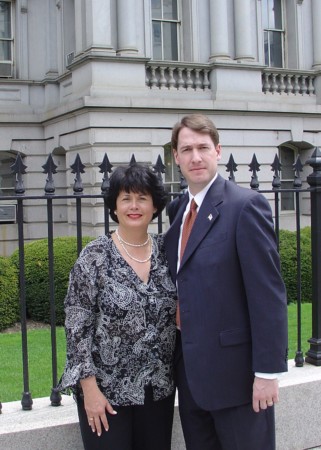Published on March 19, 2023
Let’s take a victory lap together and then get back to work.
The Environmental Protection Agency’s (EPA) Part 1 Chrysotile Asbestos final rule, banning the importation and use of chrysotile asbestos in six conditions of use, represents a significant milestone in our long-standing battle against this deadly substance. This pivotal decision marks a critical advancement in public health protection. However, it also underscores the necessity for a more exhaustive approach—a comprehensive ban encompassing all asbestos fibers in all uses.
Though this is a landmark step forward, its scope is limited.
It only addresses one of six asbestos fibers, and only applies to six cases of use, leaving the door open to other types of asbestos and other applications of this toxic chemical to remain legal in the future. We are also alarmed at the inconsistency of the transition periods between industries and corporations.
Finally, it does not address legacy asbestos, which can be found in homes, schools, and workplaces across the nation. We are grateful for EPA’s work, but only a full ban will address all these issues.
Since the Asbestos Disease Awareness Organization (ADAO) was founded in 2004, we’ve witnessed a dramatic decrease in the number of chloralkali companies importing and using asbestos—from nearly twenty to just one. Additionally, two companies are currently in the process of transitioning to non-asbestos technology. This progress is a testament to the unwavering efforts of countless advocates, dedicated scientists, supportive unions, and the resilient public health community. It’s also a product of our eight years of hard work with EPA to implement the Lautenberg Chemical Safety Act (LCSA) and with members of Congress to garner bipartisan support for the Alan Reinstein Ban Asbestos Now Act (ARBAN).
It is important to say that one cannot overstate the impact of the EPA’s final rule on chrysotile asbestos. Beyond curtailing the importation and use of this hazardous material in six conditions of use, it has significantly heightened public awareness domestically and internationally, propelling the United States closer to joining the ranks of nearly 70 countries that have already implemented full asbestos bans.
Our gratitude extends to the EPA for its decisive action and to every advocate, scientist, union member, and public health group that has championed this cause. We also hold in our thoughts the asbestos victims and their families, whose courage in sharing their stories even while battling fatal illnesses has transformed personal loss into a potent catalyst for change.
Acknowledging this landmark progress, we reaffirm our commitment to a dual-track strategy.
By continuing our collaborative efforts with both the EPA and Congress, we aim to ensure the complete prohibition of all six asbestos fibers in all applications. Our ultimate goal is to eradicate the threat of asbestos exposure, safeguard lives, and achieve an asbestos-free America.
The recent articles from The New York Times, titled “U.S. Bans the Last Type of Asbestos Still in Use,” and the BBC, “The US just announced an asbestos ban. What took so long?”, alongside our press release “New EPA Asbestos Rule is a Landmark Step Forward But Will Not Ban All Imports and Uses of Deadly Chemical” and our FAQs, provide comprehensive insights into this critical issue. They offer a nuanced understanding of our achievements and the challenges ahead.
Let’s celebrate this momentous step forward together, even as we prepare for the work that remains. We will not rest until we have a full ban with no loopholes or excuses. By staying united in our purpose, we can prevent asbestos exposure, save lives, and realize our vision of a country—and a world—free from the shadow of asbestos.
Together, we can make it happen.
Linda Reinstein

